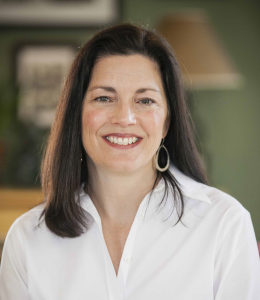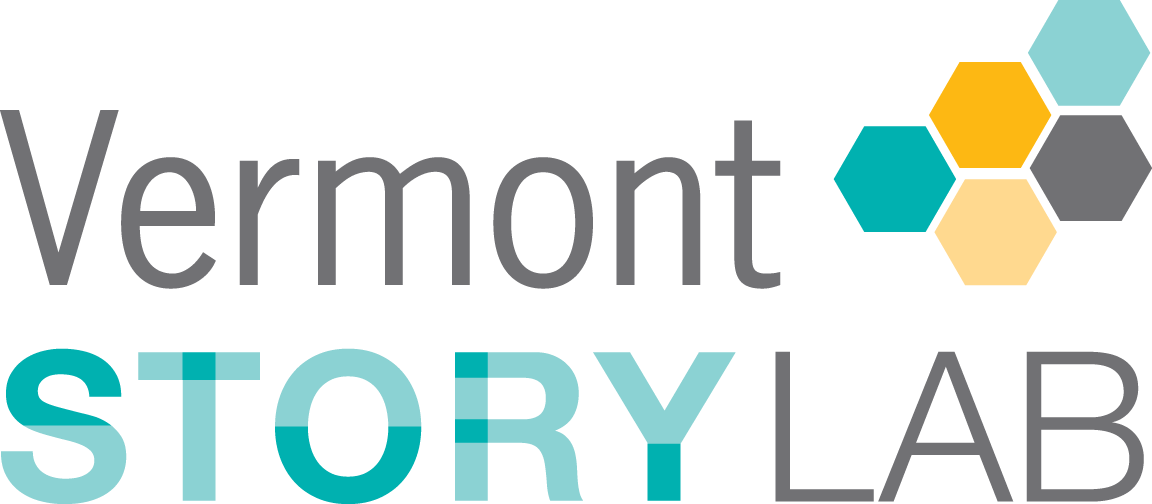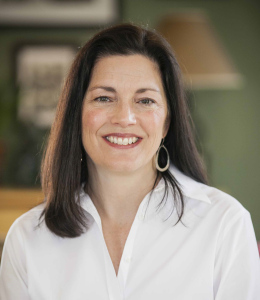 People’s stories, in all their shapes and sizes, represent a kind of holy ground to me.
People’s stories, in all their shapes and sizes, represent a kind of holy ground to me.
They are comprised of the dignified and sometimes dishonorable snippets of a person’s life experience woven together and shared to bring meaning, understanding, and hopefully positive change to the broader community.
Author and master storyteller, Terry Tempest Williams, confirms: “Storytelling awakens us to that which is real. Honest….it transcends the individual….Those things that are most personal are most general, and are, in turn, most trusted. Stories bind….They are basic to who we are.”
For me, receiving and then transmitting another person’s story is a sacred trust.
It’s the work I’ve done for most of my working adult life, first as a trained journalist and later as a communications professional for global and local nonprofit organizations. Even as a 22-year-old TV reporter covering breaking news, I yearned for deeper story-gathering and in humbler, less-traversed locales. Some of my most meaningful reports emanated from places like the Fort Washington Men’s Shelter in New York City, where I shadowed a schizophrenic man navigating life post-prison…or a radio commentary I wrote for Vermont Public Radio that captured the boundless determination of my mentee, a Somali Bantu girl who arrived in Burlington from a refugee camp 12 years ago. She is completing her junior year at the University of Vermont, aiming to teach middle school one day. (Unfortunately, there’s also the tragic tale of her being accused of shoplifting at the local mall by a culturally incompetent storeowner.)
These stories add context and complexity to our understanding of human life and the world at large – with all of its beauty, fragility, equanimity and injustice.
Covering these diverse vignettes over time has helped refine my own quest to give “voice” to people without one and to focus on stories that might lead to social change.
That’s why I co-founded a program for Vermont’s incarcerated women to write for self-change, and published the poetry and prose of 50 women inmates in a book entitled, Hear Me, See Me: Incarcerated Women Write. The insights of Norajean, Tess and Stacy, to name a few of the inside-writers, needed to extend beyond their walls of invisibility, so that our societal approach to criminal justice might begin to shift.
These days as chief storyteller at Vermont Works for Women (VWW), I am alert to the transformations that occur in families (to say nothing of the Vermont economy) when adult women find meaningful, livable-wage work.
I think of Kim who visited our office recently to recount her long journey to successful employment. Out of the workforce for years due to mental health issues and a felony conviction, she found the needed mentors and resources at VWW to land a full-time job with benefits, coaching substance users.
Storytelling has become an essential tool in the work of socially just change. It’s how, for example, we connect with those hard-to-reach major donors who might digest one of our impact stories on a Saturday afternoon and then send a beyond-generous contribution. This philanthropist feels the impact of a life improved thanks to the work we have done and the story we have communicated with care and poignancy.
The Vermont Story Lab project, in my view, represents a grand opportunity for the state’s nonprofit storytellers. When I was invited to participate as a partner-collaborator, I jumped at the chance.
With dwindling state and federal funds and greater emphasis on philanthropy to support nonprofit work, the time has arrived for us to take it up a notch. (In some ways, we don’t have a choice.) We need to be familiar with one another’s work, generously share our knowledge and expertise, as well as our vexing questions, and take our storytelling abilities to more professional, innovative heights.
Additionally, this iterative, experientially based network offers us the opportunity to leverage our organizational work (via our stories) for greater collective impact in the nonprofit community and beyond. And that represents “holy ground” in Vermont on which I’d like to stand.

